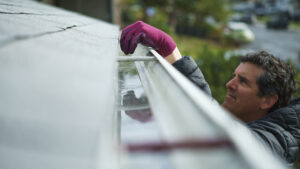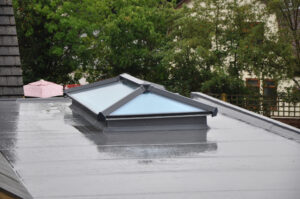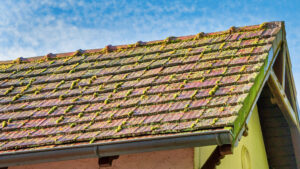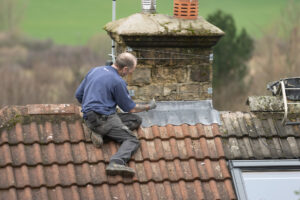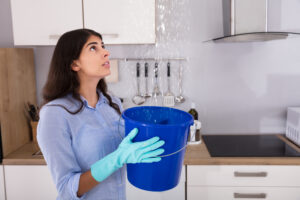Leaves, debris, and dirt are not the only things that are a threat to the roof system of a home. The growth of algae, too, can cause a lot of problems. Algae can produce ugly growths and stains and cause much more damage to the roof system. Roof algae also hampers the look of your roof, making it unattractive, which is especially harmful if you are looking to sell or rent out your property.
It is important that roof algae is taken care of by professionals like WABO Roofing. We ensure they are removed effectively without compromising the integrity of your roof.
What is Algae?
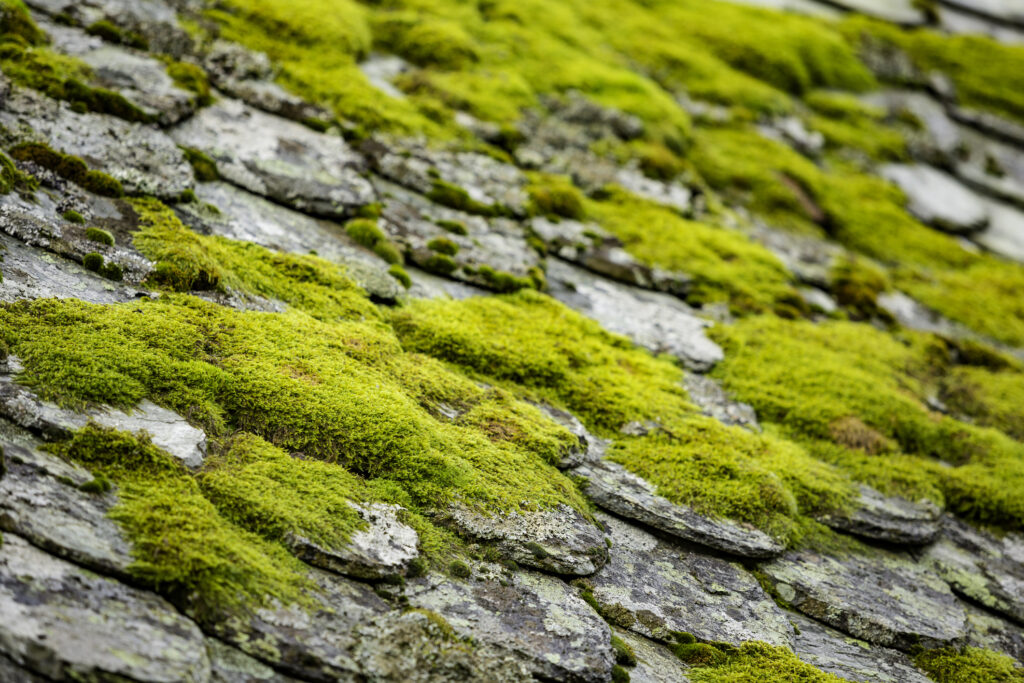
The growth of algae on a roof usually appears as black or green stains on the roof’s surface. Moss grows in moist or shady parts of the roof and has a thick, lush appearance. These organisms usually show up as black or greenish streaks on roof surfaces and flourish in moist, shaded environments. It can have an adverse effect on the appearance of the roof and be a sign of excessive moisture retention, which, if left unchecked, could result in rot or disintegration. Regular cleaning and upkeep of the roof can help keep algae from growing and preserve its condition.
Is Algae Harmful for the Roof?
Yes, algae are harmful to the roof. Algae can hold moisture, which tends to accelerate the deterioration of roofing materials. Furthermore, if the algae growth spreads widely, it may form a thick layer that collects moisture and debris, increasing the possibility of problems like moss or lichen growth and making the roof slippery during the rains.
Signs of Roof Algae
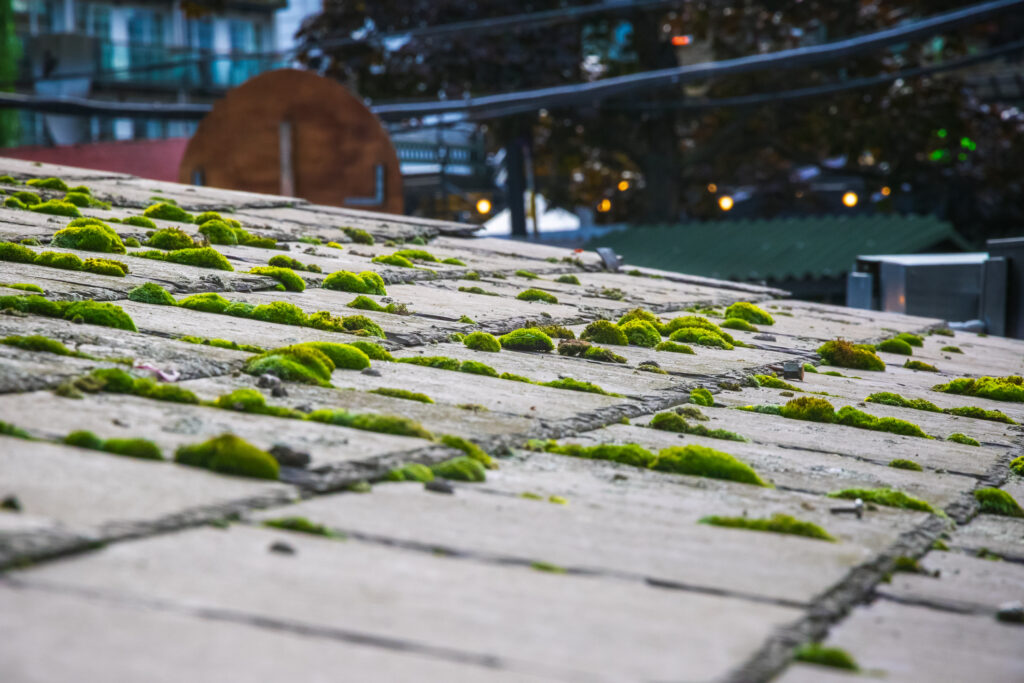
Some common signs of the presence of algae on roof are as below:
Discoloration – Roof algae usually appear as dark streaks or stains on the surface of the roof.
Greenish or Black Spots – Algae growth is often displayed as small greenish or black spots, especially on asphalt shingles.
Patches of Growth – Algae may form patches or clusters on the roof, especially in areas with high humidity or moisture.
Moss or Lichen – In advanced stages, algae growth can provide a suitable environment for moss or lichen to develop on the roof surface.
Increased Moisture Retention – Algae can retain moisture on the roof, which may lead to prolonged dampness and potential water damage if left untreated.
Reduced Curb Appeal – The presence of roof algae causes streaks and stains, which reduces the aesthetic of a home.
Signs of Roof Algae Damage
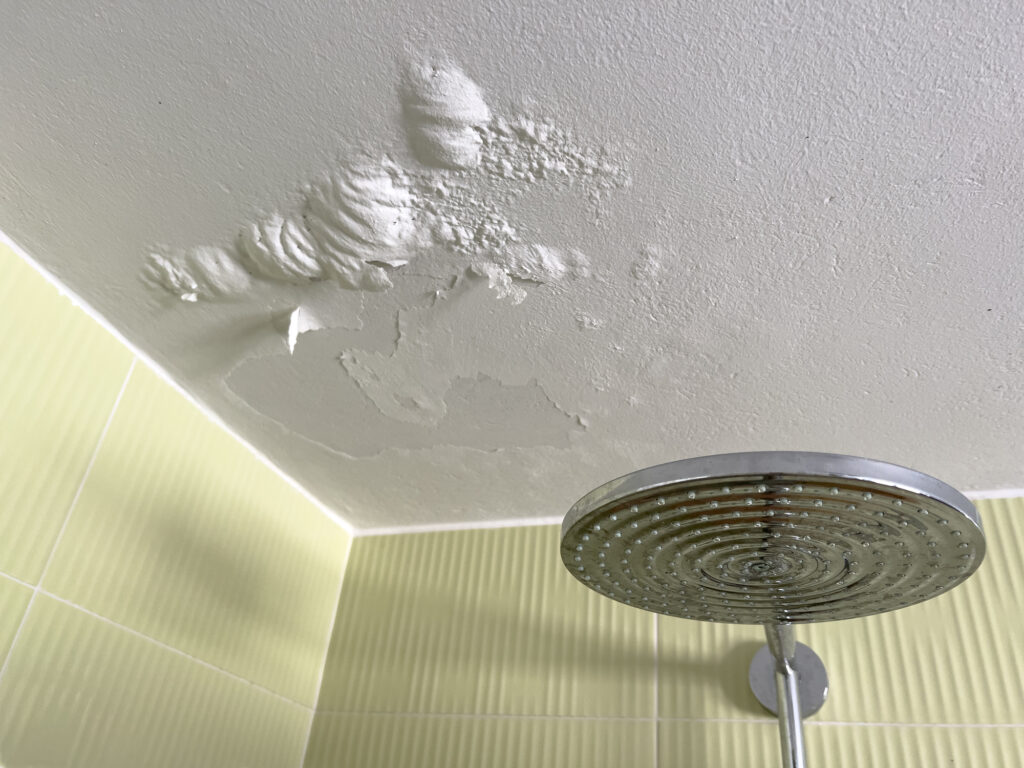
Algae can cause damage to the roof in different ways. Some of these signs of damage to look out for are:
Granule Loss
Algae colonies can accelerate the degradation of asphalt shingles as they tend to feed on the limestone filler, which causes granule loss. This exposes the underlying asphalt substrate and reduces the shingles’ ability to protect the roof from the harsh elements.
Weakened Shingles
Algae growth can compromise the structural integrity of shingles as they make them brittle and prone to cracking or breaking. This weakens the ability of the roof to withstand wind, rain, and other environmental hazards.
Increased Moisture Absorption
Algae growth creates a damp environment on the surface of the roof and promotes moisture retention. This moisture can seep into the roofing material and cause growth of mould, mildew and rot, which can further weaken the roof’s structure.
Structural Damage
If left unchecked, algae growth can contribute to significant structural damage to the roof. This includes wood rot in the case of wooden roofs and deterioration of underlying roofing materials, compromising the roof’s stability and durability. Regular maintenance and treatment are essential to prevent such damage.
Some Negative Impacts of Algae Growth on the Roof
The growth of algae can have several negative impacts:
Increased Maintenance Costs
Addressing algae growth requires additional maintenance efforts and expenses. Cleaning or treating algae-infested roofs can be labour-intensive and may require professional assistance, resulting in added costs for homeowners or property owners.
Health Risks
Algae growth can create an environment favourable to the growth of mould, mildew and other potentially harmful microorganisms. These organisms can pose health risks to occupants of the building, especially those with respiratory conditions or allergies, leading to indoor air quality issues and potential health problems.
Energy Inefficiency
Algae-covered roofs can absorb more heat from the sun and increase the temperature inside the building, which makes it difficult to maintain comfortable indoor temperatures. This can lead to more energy consumption for cooling purposes, leading to increased utility bills and reduced energy efficiency.
Decreased Property Value
The presence of algae on the roof can detract from the curb appeal of the property, thus making it less attractive to potential buyers. This can lower the property’s value and make it more difficult to sell or rent.
Professional Algae Cleaning by Experts
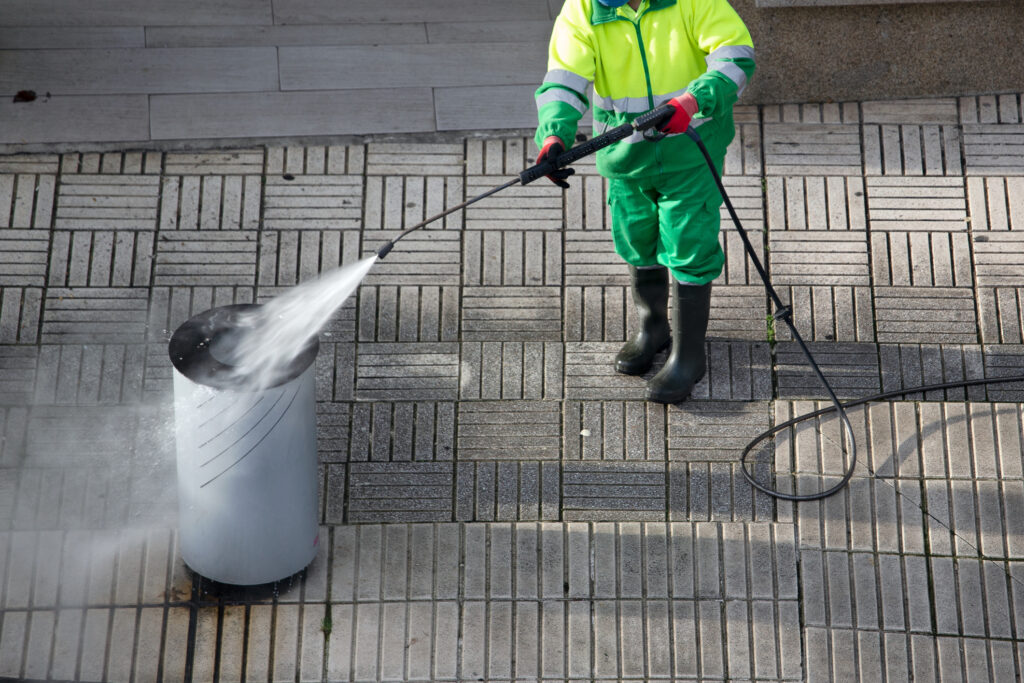
Professional algae cleaning services are recommended for safely and effectively removing algae from roofs as they minimize the risk of damage to the roofing materials. Hiring a reputable roofing contractor like WABO Roofing with experience in algae cleaning can ensure thorough and professional results.
Inspection
A professional roofer from our team will conduct a detailed inspection of the roof to assess the extent of algae growth and any associated damage.
Pre-Treatment
In some cases, the roof may be pre-treated with an algae-killing solution to help loosen and kill the algae before cleaning begins.
Cleaning Solution Application
A specialised cleaning solution containing chemicals or detergents specifically formulated to remove algae is applied to the affected areas of the roof.
Gentle Scrubbing
The cleaning solution is gently scrubbed into the algae-infested areas using soft brushes or pressure washing equipment. Care is taken to avoid damaging the roofing material during this process.
Rinse
After allowing the cleaning solution to penetrate and loosen the algae, the roof is thoroughly rinsed with water to wash away the algae, dirt and cleaning residues.
Inspection and Spot Treatment
Once the cleaning process is complete, the roof is inspected again to ensure that all algae and stains have been effectively removed. Any remaining stubborn stains or algae spots may be spot-treated as needed.
If you find algae growth on your roof, you must get in touch with us so we can professionally clean the algae safely and effectively.

